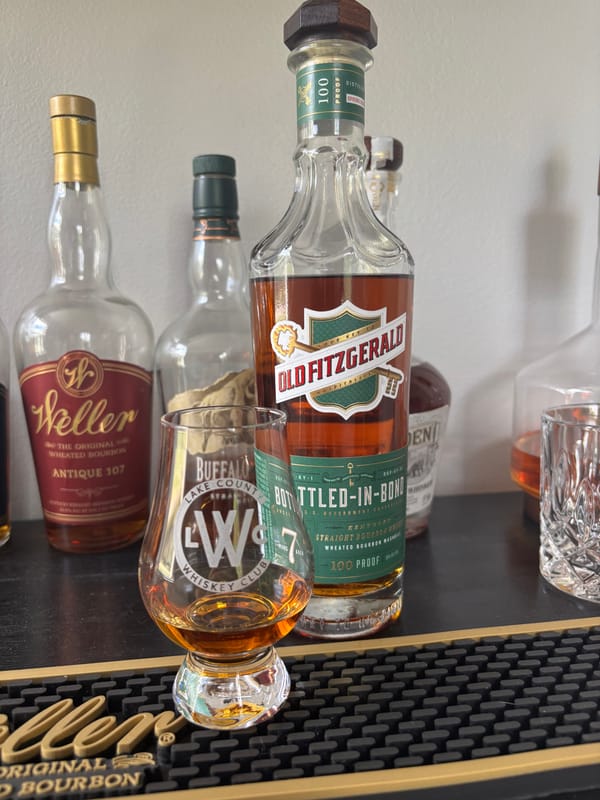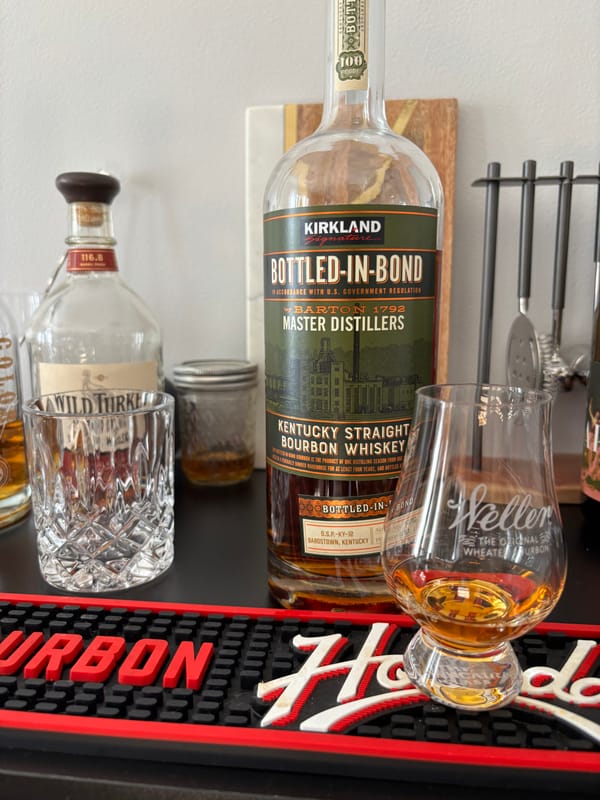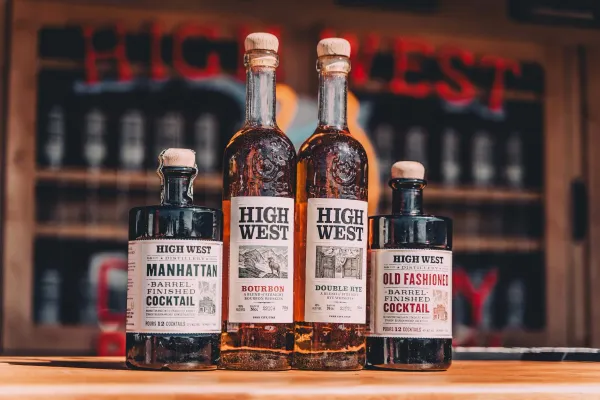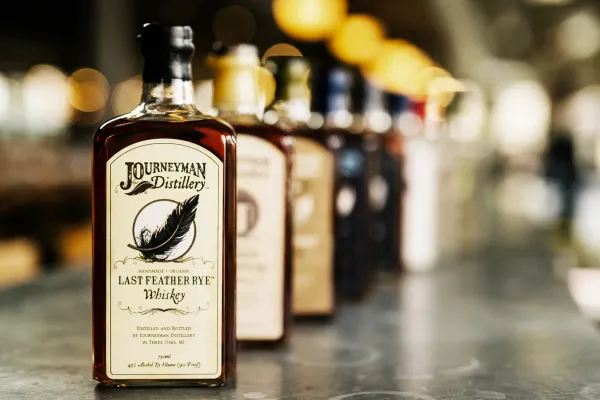Oak Barrel Charring Unraveled: The Burn You’ll Wish You’d Fired Up Sooner

Oak Charring Process: The Whiskey Flame You Can’t Dodge
Oak charring isn’t just a torch job—it’s whiskey’s flavor forge, and if you don’t know how it burns, you’re missing the fire that crafts every drop. It’s law and craft. Here’s the blazing truth about the oak charring process in whiskey, from barrel to sip, and why it’s your 2025 must-know.
What’s the Oak Charring Process?
U.S. law requires new charred oak barrels for bourbon, rye, and wheat whiskey—51% grain minimum, 160 proof max distillation, 125 proof max barreling, 80 proof minimum bottling. Charring—burning the barrel’s interior—ranges from Level 1 (15 seconds) to Level 4 (55 seconds). Every burn transforms the oak, no skipping it.
How Oak Charring Shapes Whiskey
Oak staves form 53-gallon barrels, then flames char the inside—Level 1 toasts, Level 4 scorches—cracking lignin and sugars. Spirit enters at 125 proof or less, aging two-plus years—often four to eight—absorbing vanilla (light char) or caramel and smoke (deep char). Charring’s the spark—every barrel’s burn counts.
What Oak Charring Means for Your Sip
Light char—Level 1—keeps whiskey subtle—bourbon’s corn or rye’s spice pairs with soft vanilla. Heavy char—Level 4—turns it bold—oak’s spice and toffee dominate after years. Every pour’s depth—law mandates char—rides this flame, no additives allowed.
Why Oak Charring Matters in 2025
Oak Charring’s whiskey’s flavor torch—by 2025, understanding it could ignite every sip’s fire, from gentle to gutsy. It’s the truth in the burn—don’t miss its blaze. Want to taste Charring’s craft?
Check out NEAT: Whiskey Finder—it’ll help you track down bourbon and whiskey near you.





